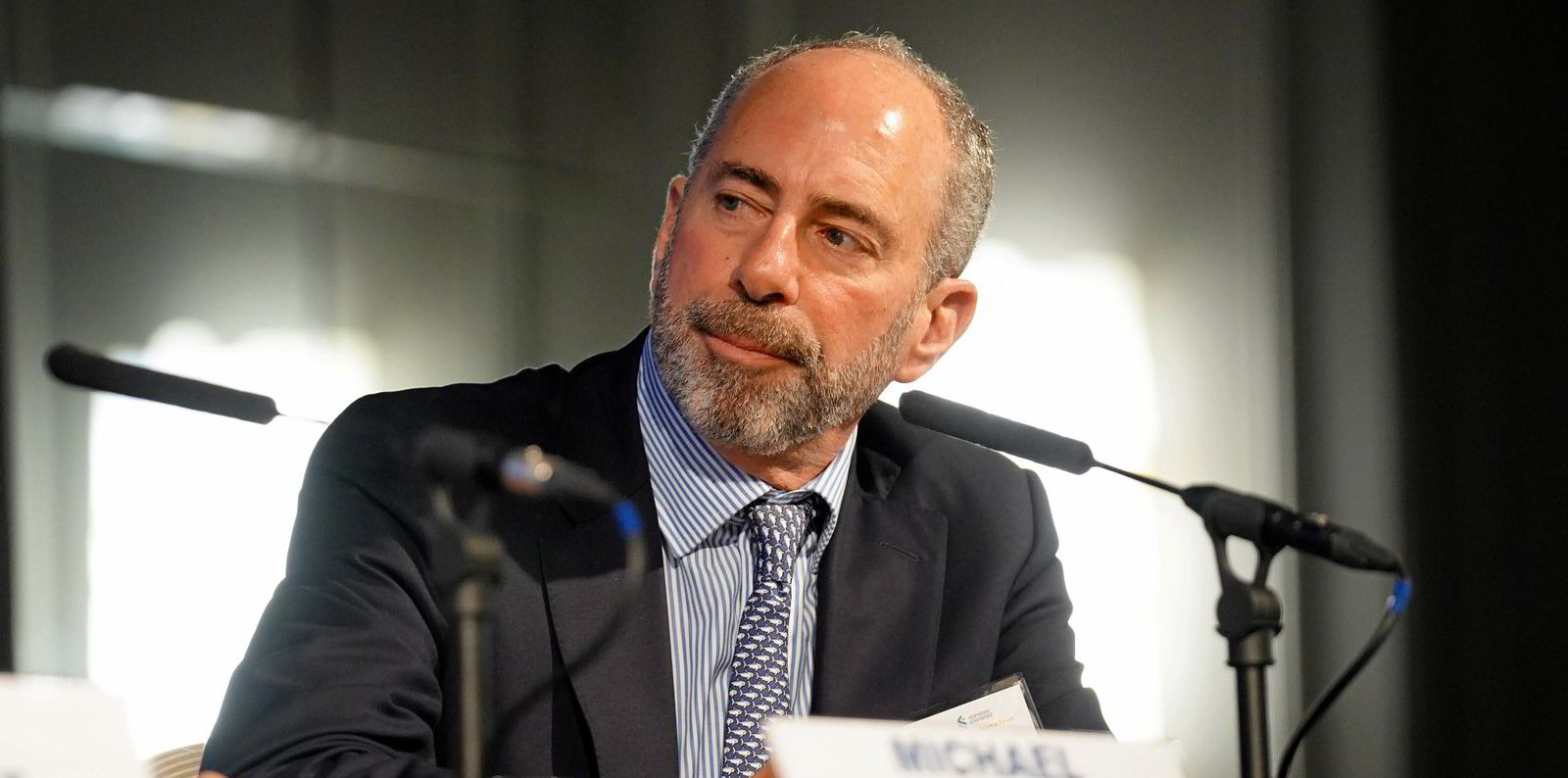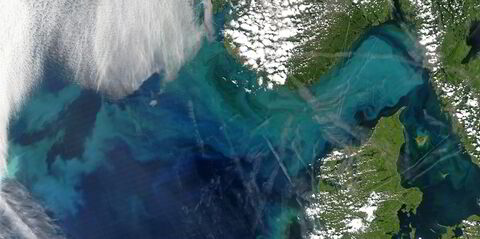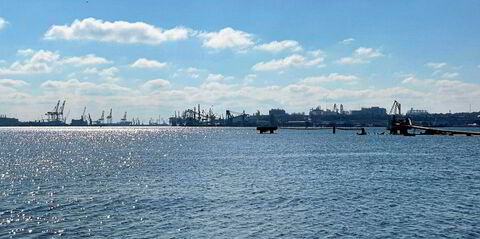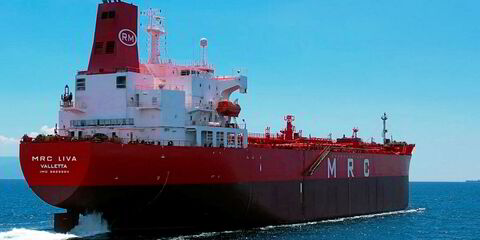Stifel shipping analyst Ben Nolan began a client note this week with the observation that “after years of a challenging market, everything is going Ardmore’s way”.
It is hard to disagree. Although Nolan might have added “after a decade in the US capital markets”, as Ardmore was roughly marking the 10-year anniversary of its 2013 New York initial public offering with Tuesday’s investor day in Manhattan.
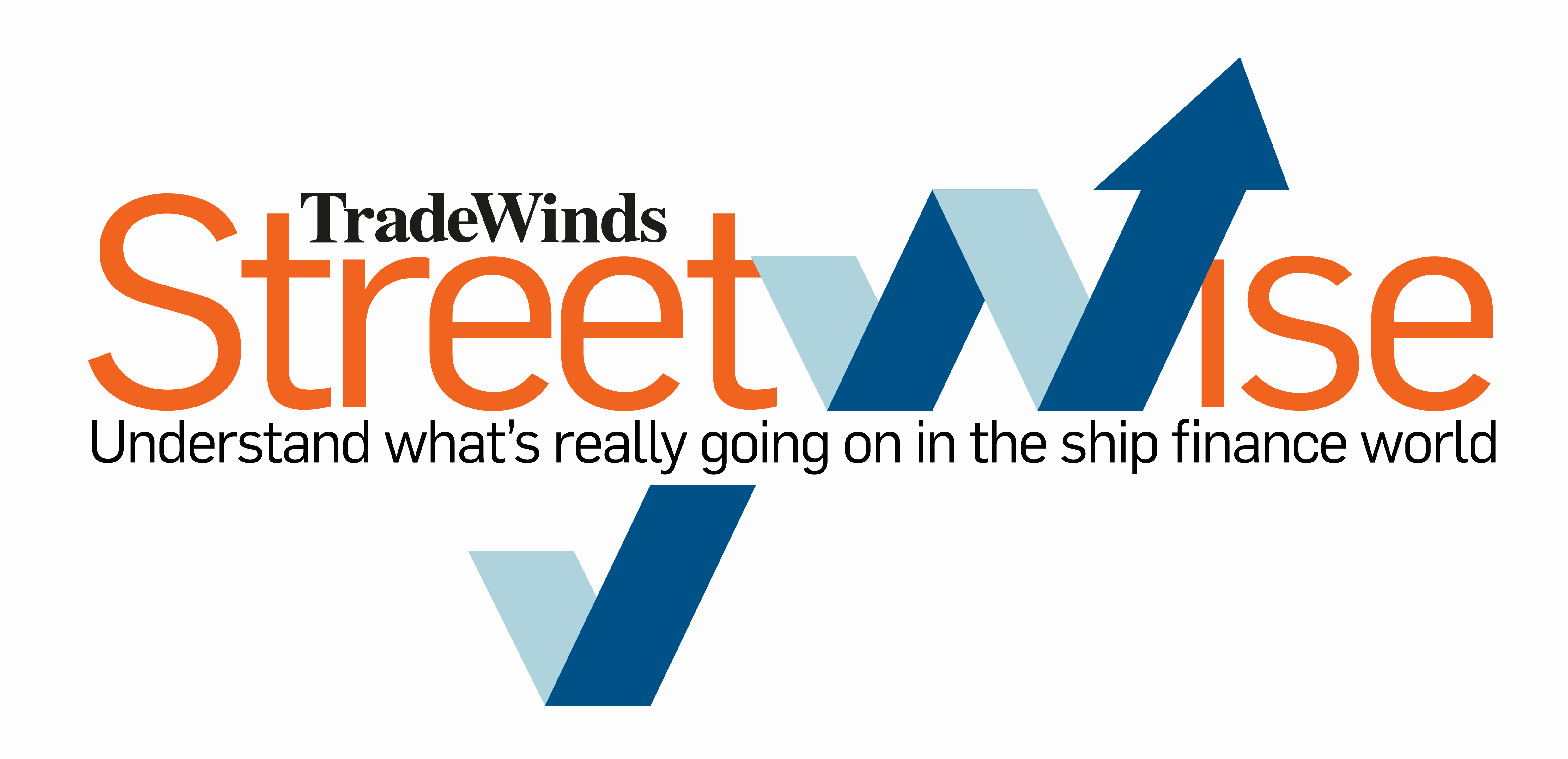
Consider all the good. Ardmore is coming off a 2022 in which it was the top-performing US-listed stock with a 326% investor return, edging out long-time products-tanker rival Scorpio Tankers.
It was also a record year in profitability, as the Cork-based owner reported adjusted net income of $143.5m or $3.86 per share.
Anthony Gurnee-led Ardmore had just beat analyst estimates with a robust fourth-quarter 2022 profit and ladled out a $0.45 shareholder dividend under its new and reinstated distribution policy.
Investors responded by sending the stock to a record high of $18.50 on Tuesday, trading nine times the average daily share volume.
Yes, life was looking good for Gurnee and the Ardmore management team as they met with investors.
But to understand just how good, it is perhaps useful to remember where Ardmore’s been.
It has never been an easy road for the Irish company, either in the freight sector or the US capital markets.
Even the triumphant moment of its $140m IPO was marked by controversy when established peer Scorpio launched a $190m follow-on equity raise simultaneously.
At minimum, it was a case of some sharp elbows being thrown.
Welcome to New York, kid.
Scorpio had raised $1bn in equity in the same year en route to building a mammoth fleet that sits at 113 tankers today — albeit not without some large investor losses and dilutive equity raises over the years.
Ardmore has grown over the decade, but those gains have been incremental. From a fleet of eight at the IPO, it expanded to 24 ships by 2015, 27 by 2017 and is essentially at the same number today, although it has commercial control of 31.
To be sure, Ardmore could have used its public status to expand more rapidly had it been willing to play fast-and-loose with corporate governance standards.
Others know how to achieve rapid growth by selling shares packaged with warrants, diluting investors and then resorting to reverse shares splits when they become penny stocks.
This was not the way for Ardmore, born with a private-equity partner and guided by the well respected Gurnee, a former US naval officer who helped Teekay Corp go public in the 1990s.
Ardmore has regularly placed in the top five spots in analyst Michael Webber's annual of public owners’ adherence to environmental, social and corporate governance (ESG) standards.
Webber was on hand among the 50 or so investors and financial professionals who came to support Ardmore’s investor day at the wood-panelled University Club.
So was Wiley Griffiths, the Morgan Stanley investment banker who took Ardmore public.
No surprise that there are a lot of people — good people — rooting for Gurnee and his company.
When the investor presentations were over, Streetwise asked Gurnee about reaching the decade plateau in the US capital markets, and about where Ardmore is and where it has been.
“It’s been at times a little bit painful and felt kind of unforgiving,” he said.
“But in my former career at Teekay, we took them public in the mid-1990s and it did an awful lot for the company.

“We feel that if you respect the benefits that being public brings, we think over time it provides a shareholder mandate, it provides a way to align and incentivise staff, and it provides capital for growth if you need it and you’re in good standing.
“So ... we didn’t think it would take this long to have a strong market, but otherwise we’re perfectly happy with the decision.”
Part and parcel of Ardmore’s corporate discipline is that its slow, incremental growth has left it with not the largest fleet, and thus its name has often come up when there are merger-and-acquisition rumours afloat.
One regret
Gurnee famously acknowledged this in a 2019 remark to TradeWinds, saying: “Regarding M&A, we are the perennial candidate in the rumour mill and I suppose that won’t change.”
A man who chooses his words carefully, Gurnee confessed to Streetwise on Tuesday that this is one comment he wishes he could take back.
“I really regret saying that — we’re actually really not,” he said in relation to be a perpetual M&A target.
“We’ve looked at a lot of M&A for the last five years and the conclusion has always been that the complexity, the cross currents, the conflicts of interest that came with the opportunities just were not worth it.”
Asked whether that applied to a possible role as a consolidator too, Gurnee brushed that off with a message focused on Ardmore and Ardmore alone.
“We are a high-performance company that’s performing very well relative to our peers and we think we’ve got a long way ahead of us,” Gurnee said.
More shipping finance news
New York-listed financial shipowner SFL Corp boosted its dividend payouts again as it reported another profitable quarter and revealed the sale of a suezmax tanker. Click here to read.
The Japanese operating lease with call option — a popular ship-finance tool better known as JOLCO — is facing tough new lending conditions. According to local reports, new government restrictions will limit JOLCO financing to ships that demonstrate advanced environmental performance or Internet of Things technology. Click here to read.
Shipless shipowner Hunter Group is sailing on without former principal Arne Fredly, after the departure of the Monaco-based Norwegian investor and the sale of his remaining shares to his three top managers. Click here to read.
